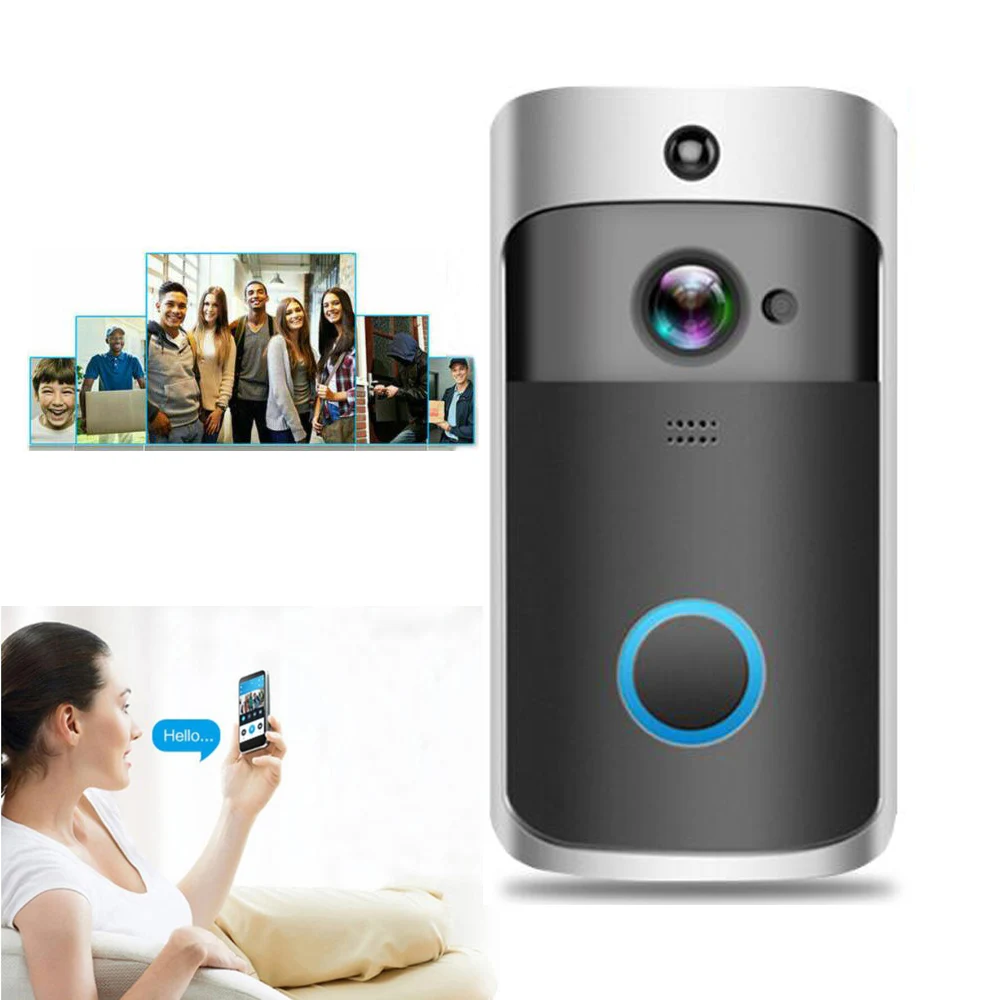

LCD screens start with an always-on backlight this technology requires light to create black, white, and colors. There are complex ins and outs, but in a nutshell, you can think about LCDs and OLEDs as follows: There are warring schools of thought between the two types of display technologies: LCDs (which act as valves to allow varying amounts of the backlight through to the viewer) or AMOLED/OLEDs (a different approach that uses "active-matrix organic light-emitting diodes" to directly emit light). Gorilla Glass is one designer brand of cover glass. There's also the touch-sensitive panel various films and filters that might reduce glare, for instance and the cover glass, which is often bonded to the touch layer. The oversimplified version is that displays are composed of several layers of material, starting backing material and including a lighting element (like the backlight for LCD screens), which is then topped with a TFT (thin-film transistor) layer, which uses voltage-sipping transistors to keep the display's pixels shining until you refresh or change the image. It's used in many smartphones.īefore we dive in, it's helpful to understand the layout of a smartphone screen.


IPS: A type of LCD screen technology known for producing clearer image quality and wider viewing angles, among other traits.Super LCD: A product name that also describes an LCD screen made in a certain way.ClearBlack: Nokia's name for an antiglare filter applied to the screen.PureMotion HD+: Nokia's name for its display with 1,280x768-pixel resolution and various properties.Supersensitive or ultrasensitive: A new technology that lets you operate a touch screen with your fingernail or glove.720p: The lower high-definition designation, 1,280 by 720 pixels.1080p: The highest common high-definition screen resolution, measuring 1,920 pixels by 1,080 pixels.Why more camera megapixels aren't better.What it really takes to make a flexible phone.Screen shootout: HTC One versus Samsung Galaxy S4.HD Super AMOLED: Samsung's name for its high-definition smartphone displays, which use the OLED screen technology.Retina Display: Apple's proprietary name for its LCD screen, which serves up a 1,136圆40 pixel resolution.The terms often used to describe smartphone screens aren't always so clear. To make things simpler, here are some common terms you might see attached to smartphone screens, and some factors that actually go into making your screen a standout, like the physical screen materials, LCD versus OLED, brightness, color accuracy, and pixel resolution. Sometimes the trademarked name masks a unique process too technical to quickly explain. That isn't to say that flashy names like Apple's Retina Display are worthless and empty. Some designations are marketing monikers cooked up to give one company an edge others are more scientific. The smartphone industry tosses around a whole bucket of names and numbers to describe the viewing experience on your smartphone screen: ClearBlack, 1080p, Retina, AMOLED, supersensitive. The Nokia Lumia 1020 features PureMotion HD+ technology, a ClearBlack display, and supersensitive screen.


 0 kommentar(er)
0 kommentar(er)
